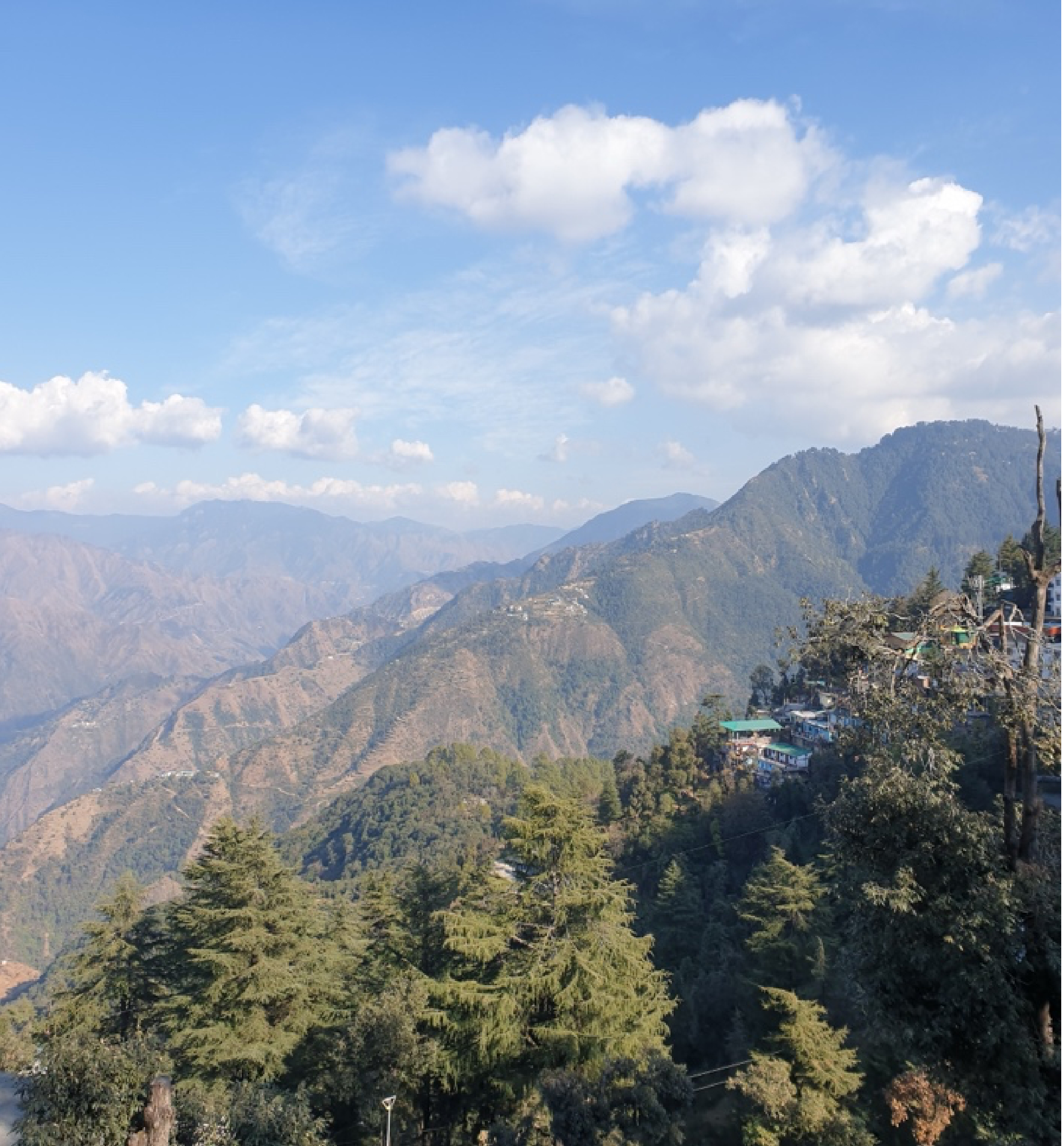Gyan Kumari is a farmer from the Dako village in Kinnaur, from the state of Himachal Pradesh, which, along with the state of Kashmir, is famous for its apples. Ms Kumari's family has traditionally derived its income from apple orchards and barley crops, but of late, the there have been drastic changes in her livelihood. “Many apple trees have perished. The treatment we applied to
protect these trees after consultation with the horticultural department has also failed” she says.
The dwindling harvests of fruits can be directly attributed to one major factor: rising temperatures due to climate change. Fruit and Nut trees require a minimum period of cold weather – termed a chilling requirement – after which the fruit-bearing tree will blossom. An insufficient number of 'chilling hours' (essential for fruit and nut trees to break dormancy) due to rising temperatures around the globe has had an adverse impact the harvests of the horticultural harvests. In the states of J & K, Uttarakhand and Himachal Pradesh in the Himalayan region in India, rising temperatures could directly affect the livelihoods of farmers from the states who primarily grow ‘stone fruits’ – apples, peaches, and apricots.
As part of a program to help farmers adapt to climate change and adopt 'climate-smart' practices, Pragya has helped the local farmers establish Research and Development (R&D) plots to
test the viability of cultivating crops like lettuce, broccoli, celery,
asparagus, among others, as an alternative or supplementary crop. The R & D plots provide crucial data about conditions that are essential for an ideal harvest, and allows for
experimentation with innovative cultivation and irrigation practices. There is also a decentralized system where the farmers are encouraged to take up the cultivation of various crops, and their plots serve as a demonstration
that various crops can be successfully grown in the harsh climate of the
high-altitude regions: an invaluable tool to persuade the local farmers
to grow the traditional crops from the plains.
Pragya is working with farmers on the R & D plots in five districts in the Himalayan states of Himachal Pradesh and Uttarakhand in India.







No comments:
Post a Comment